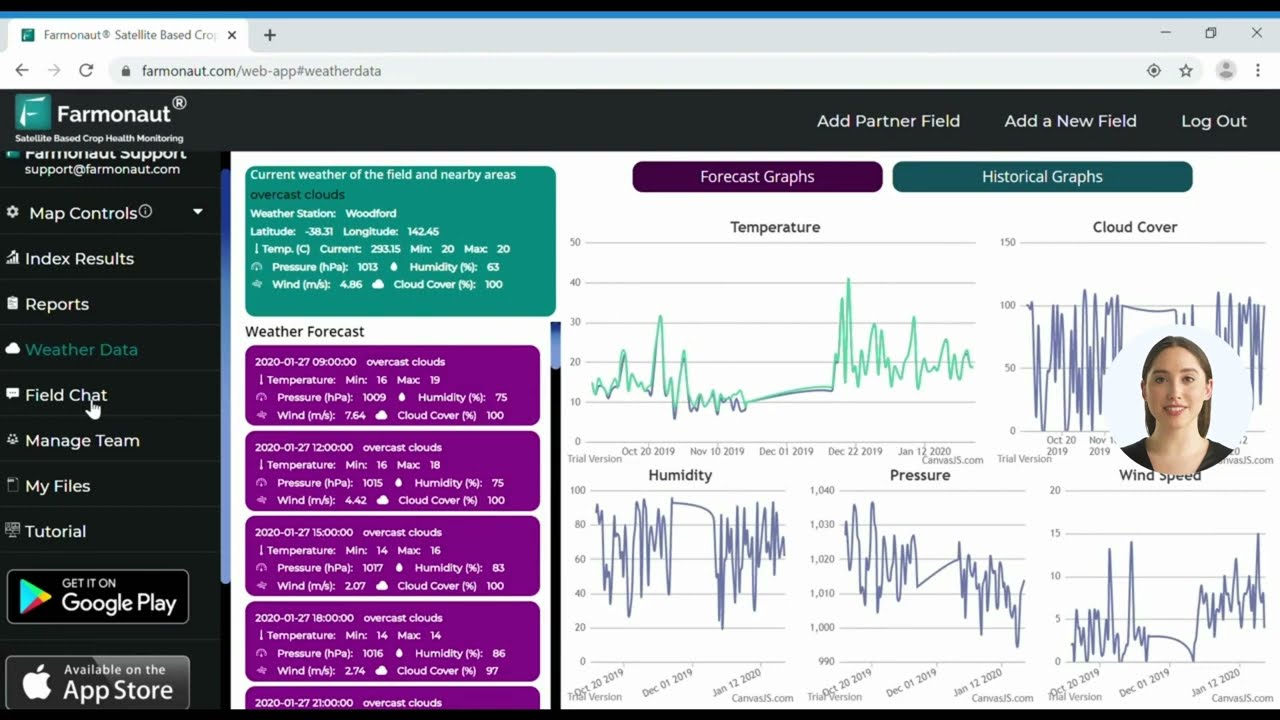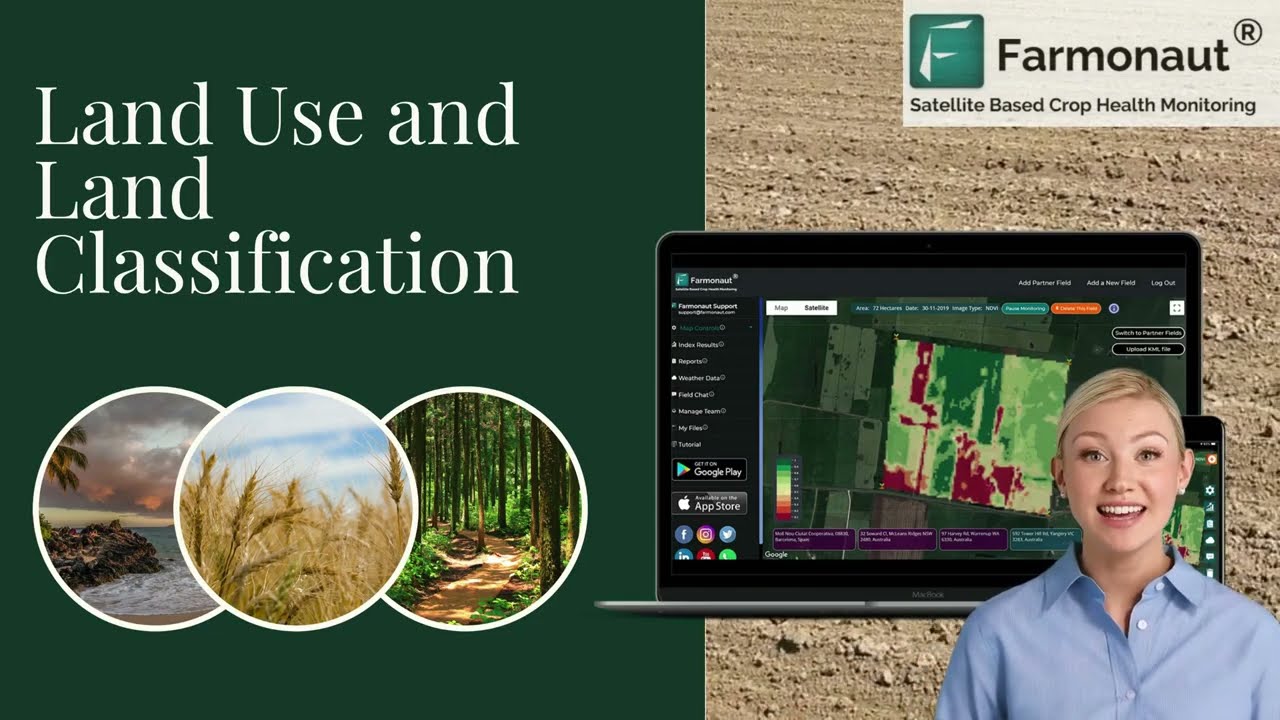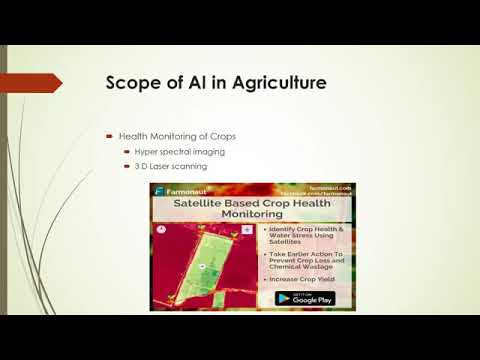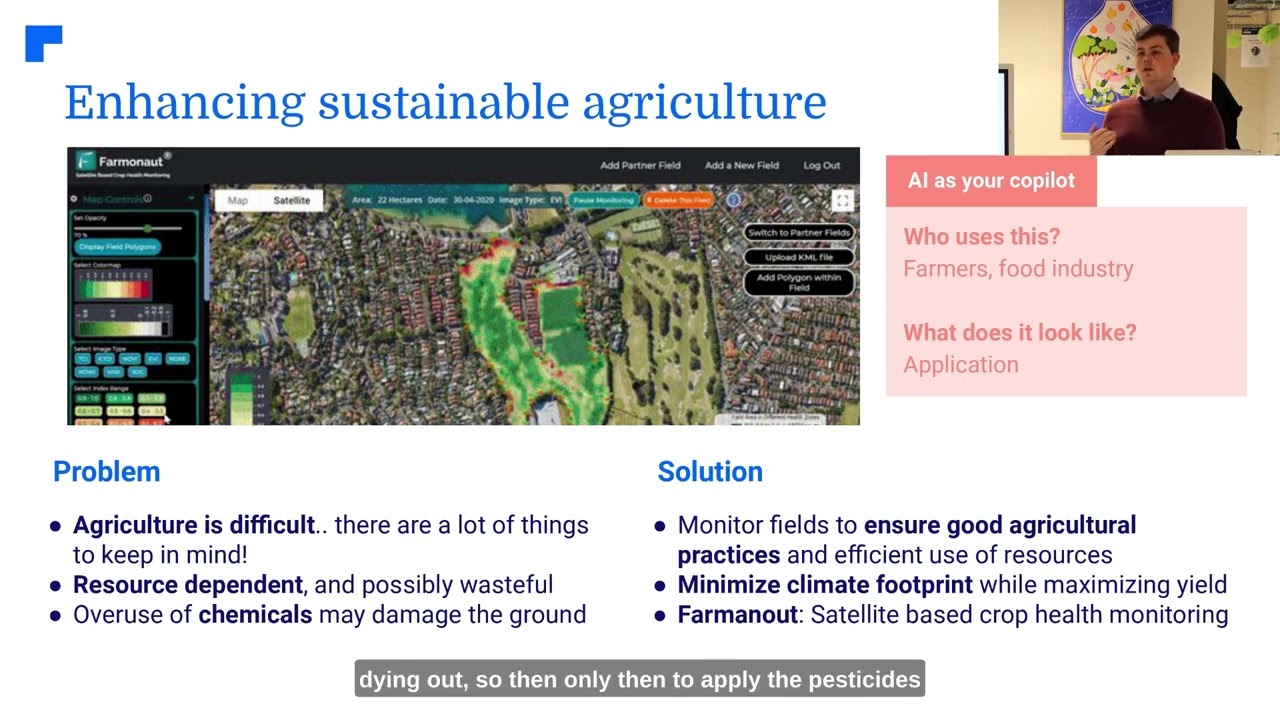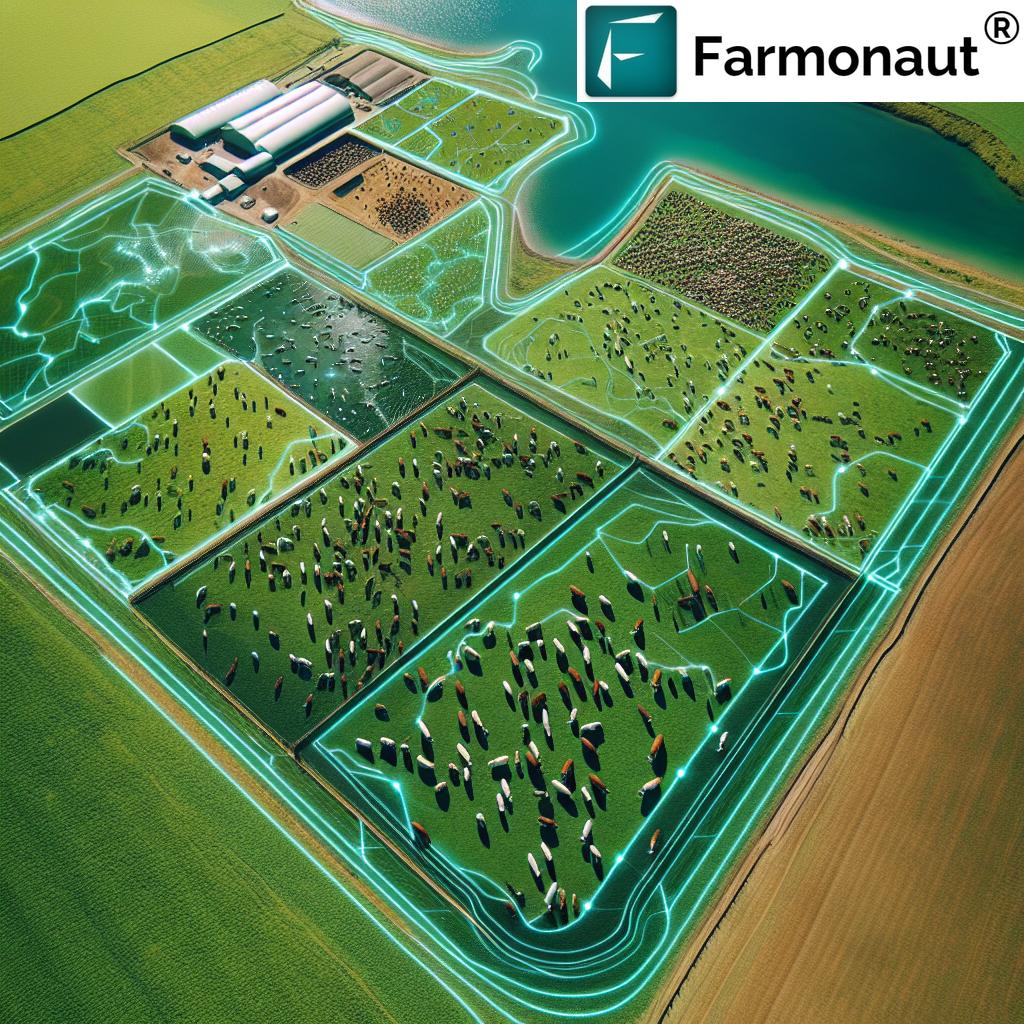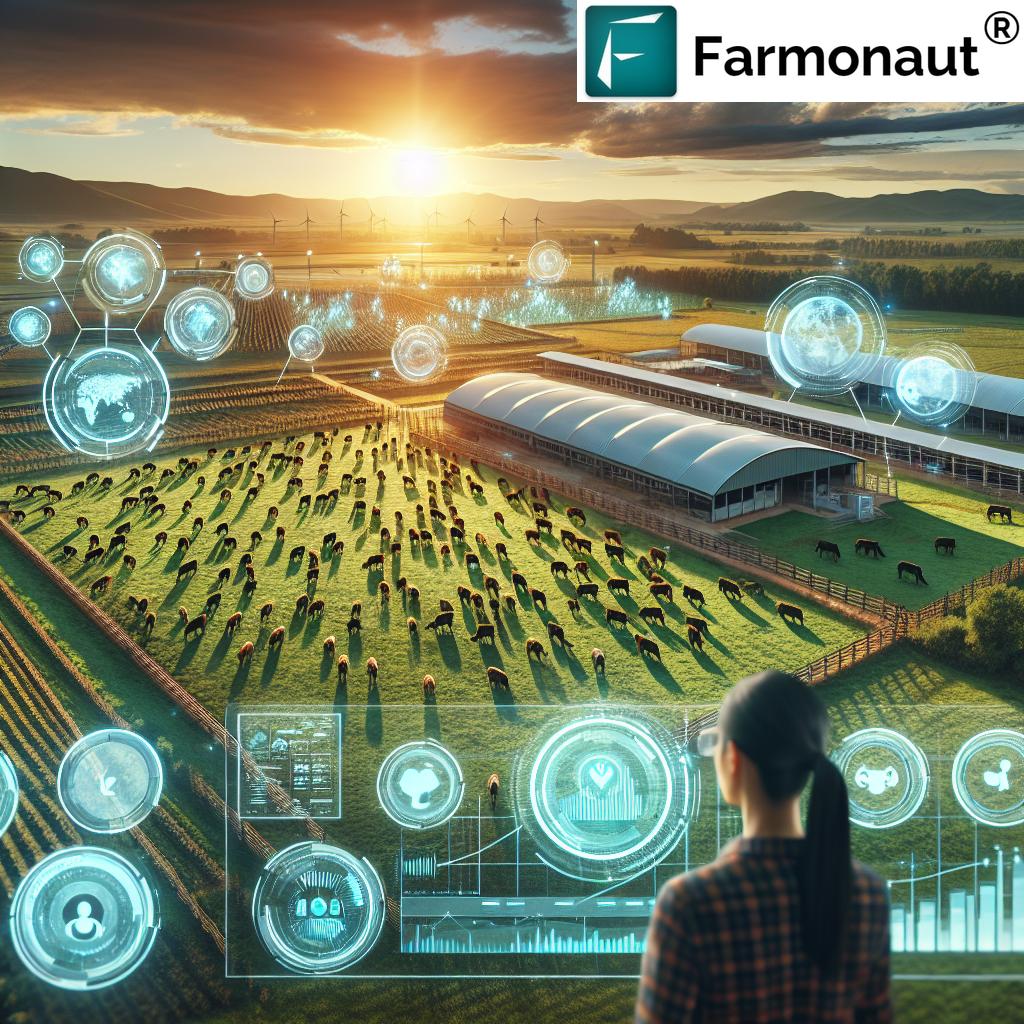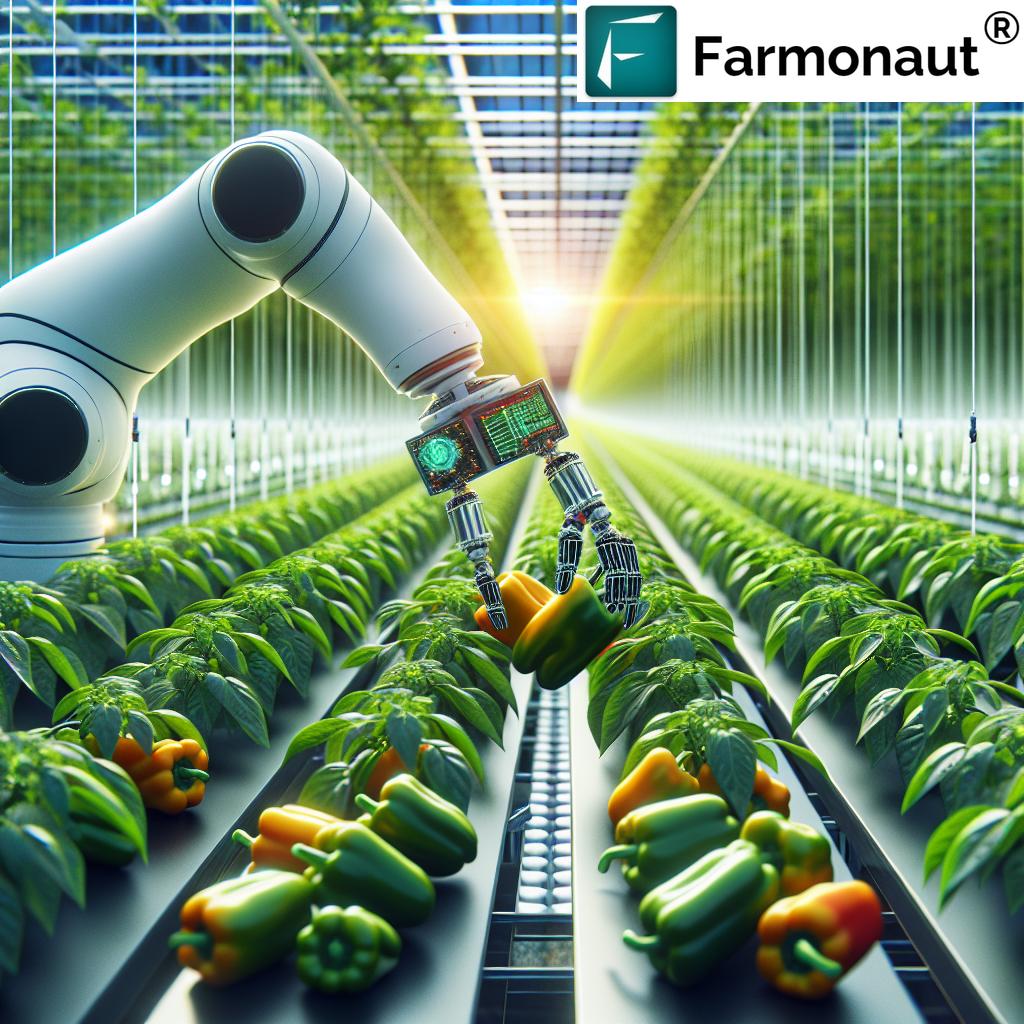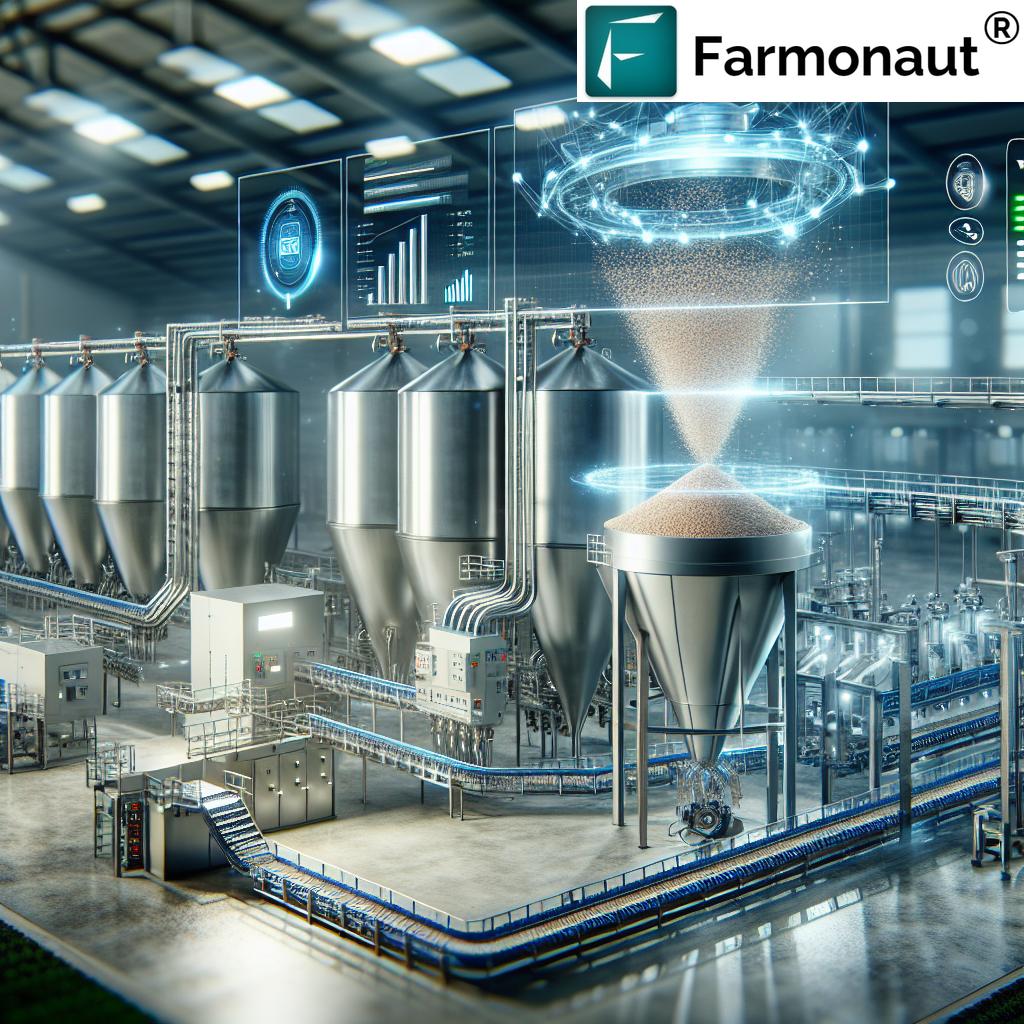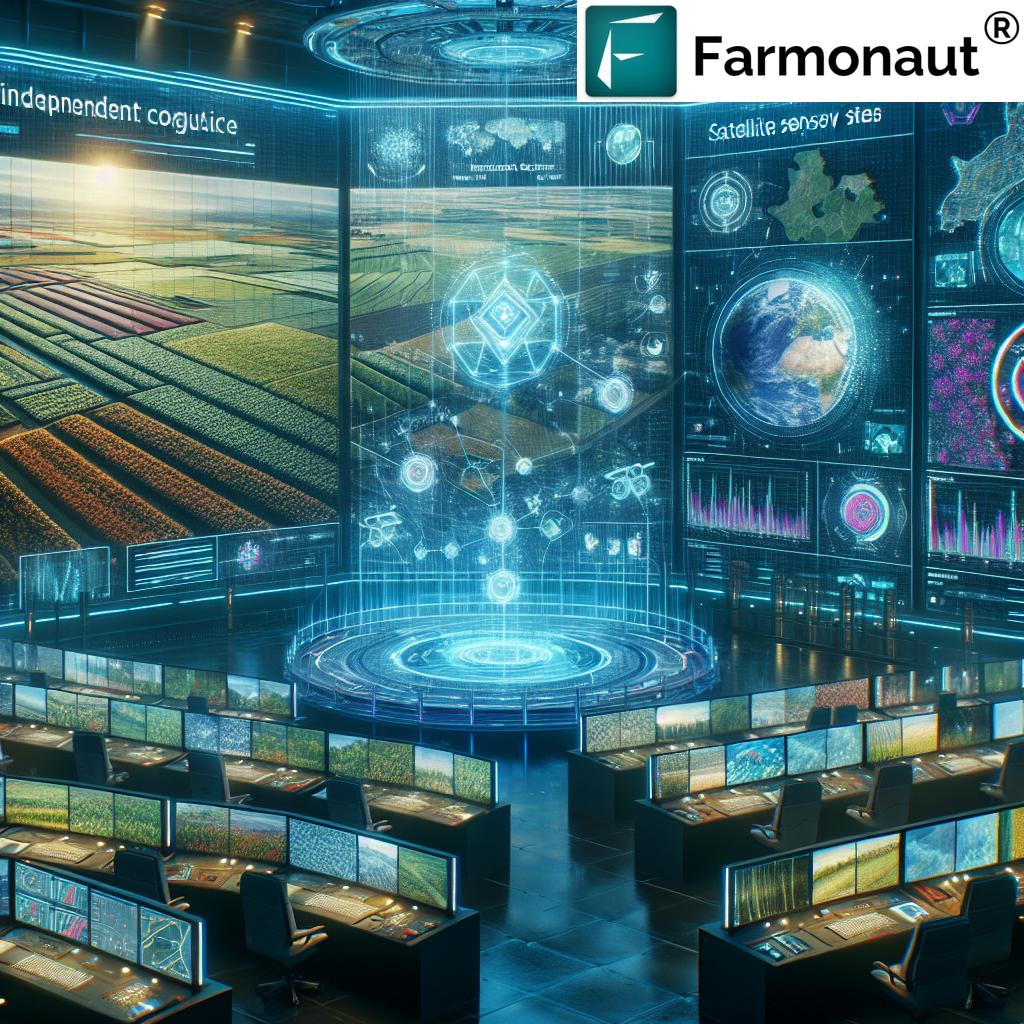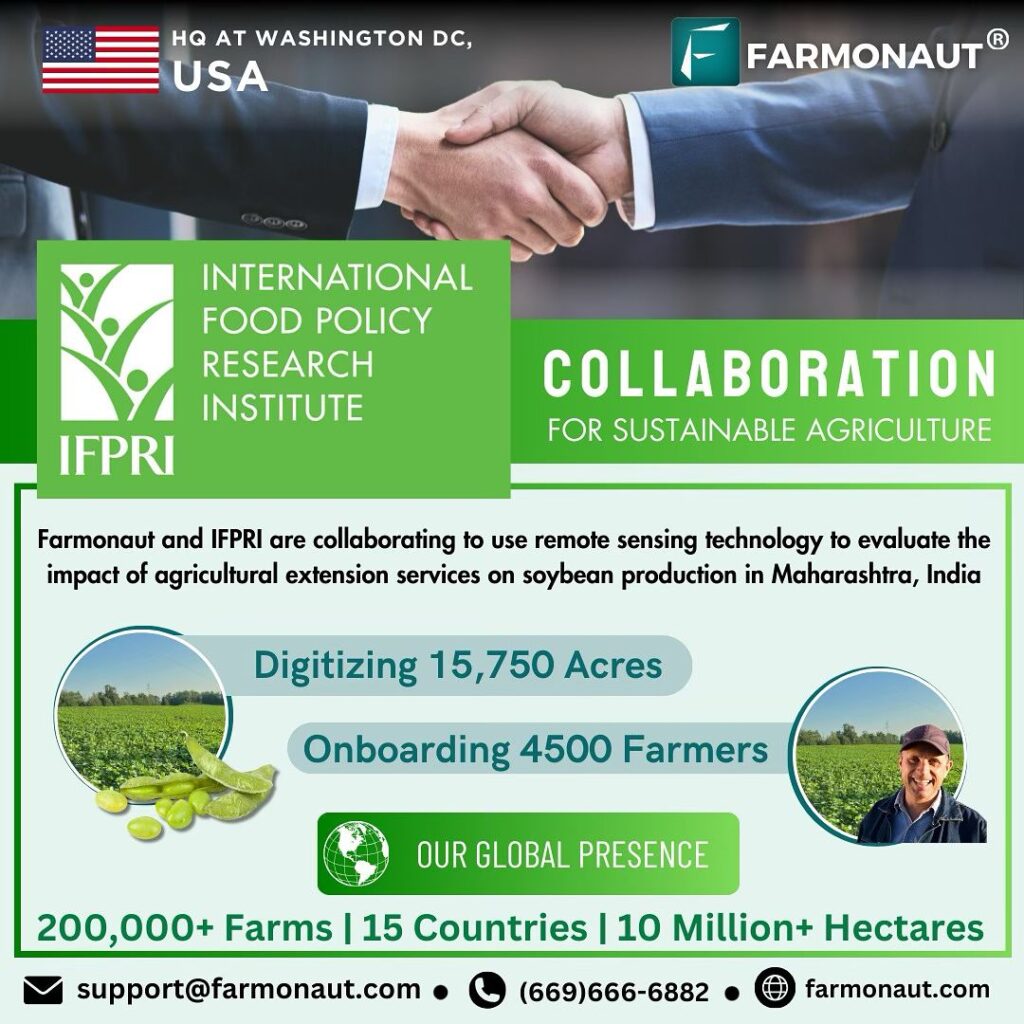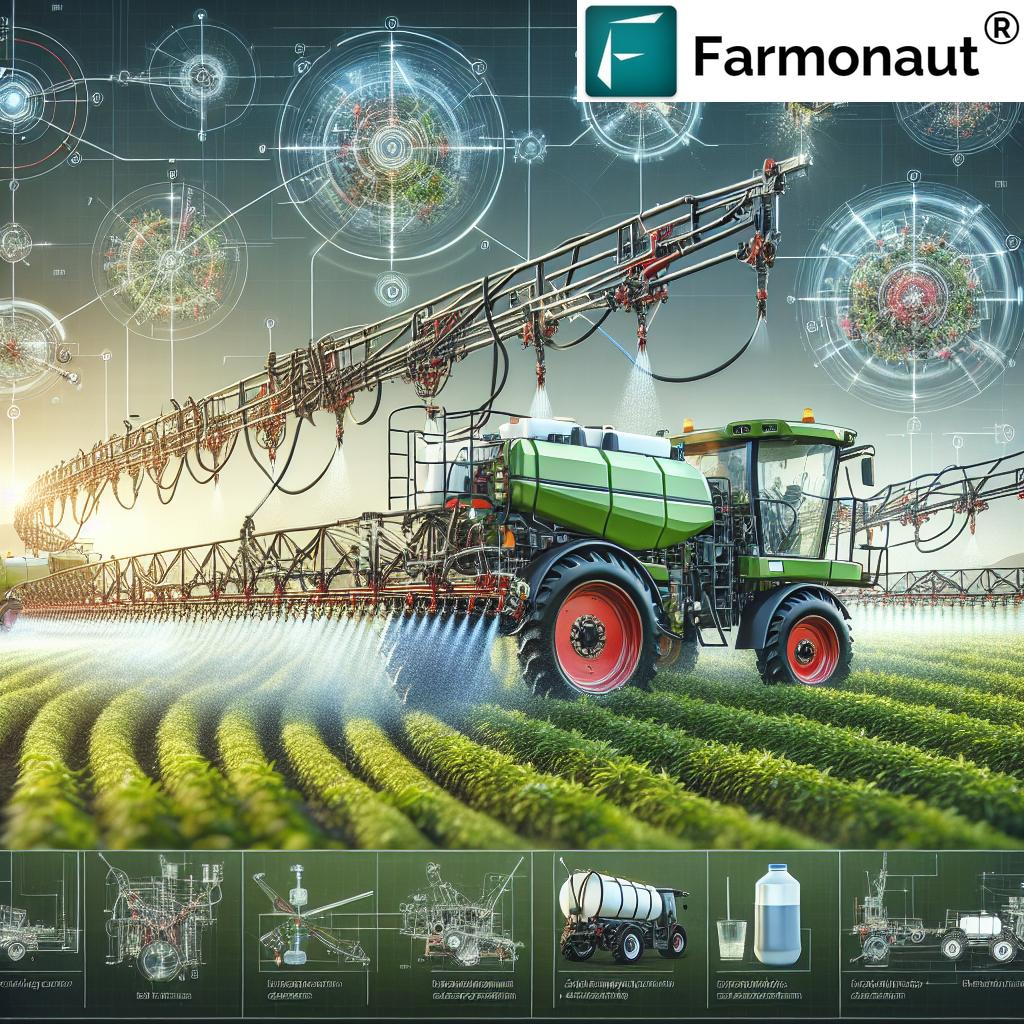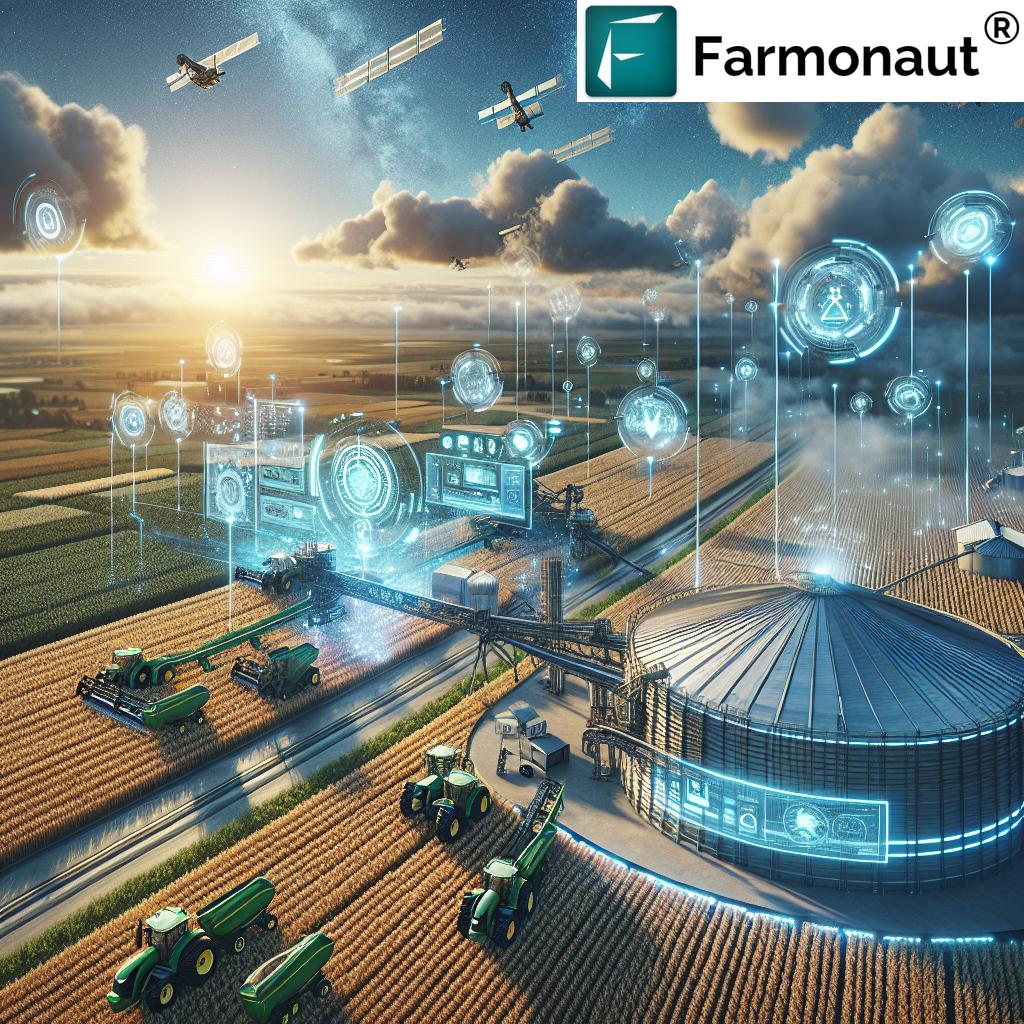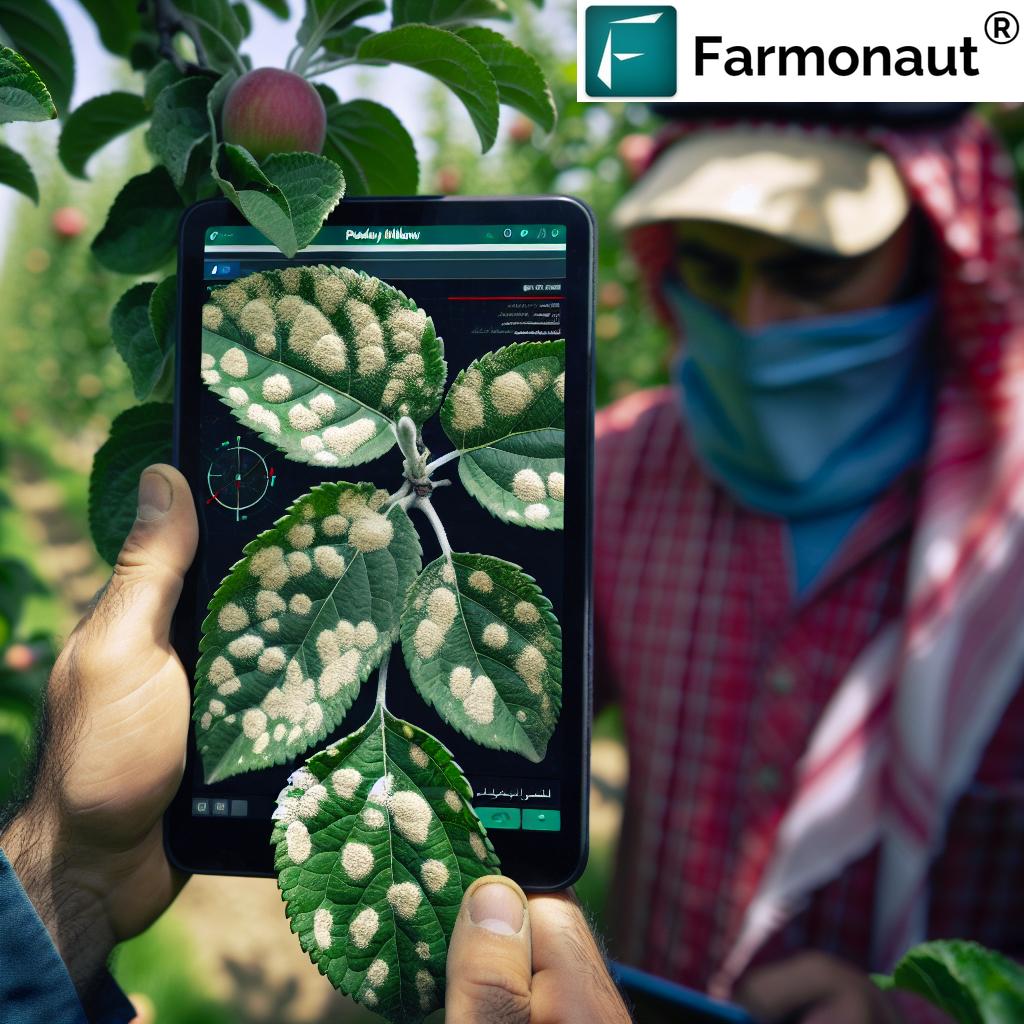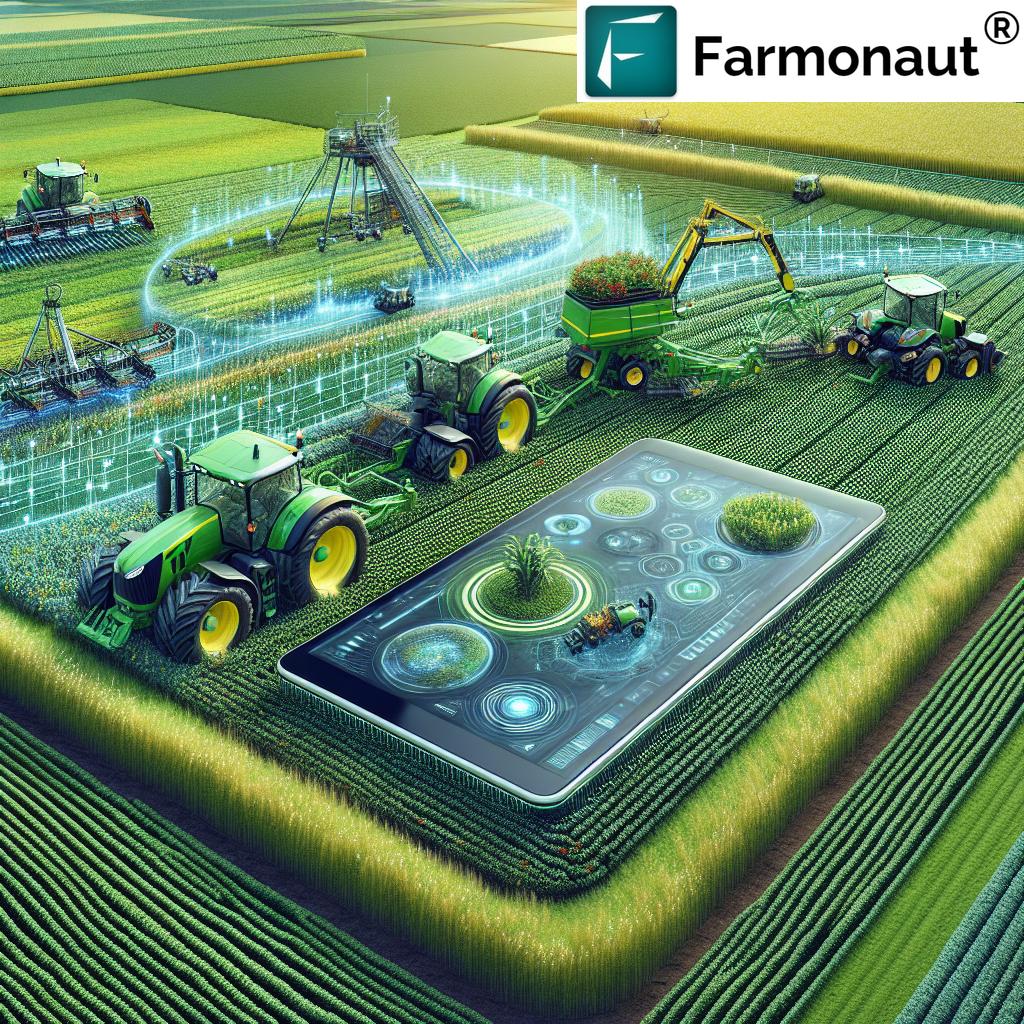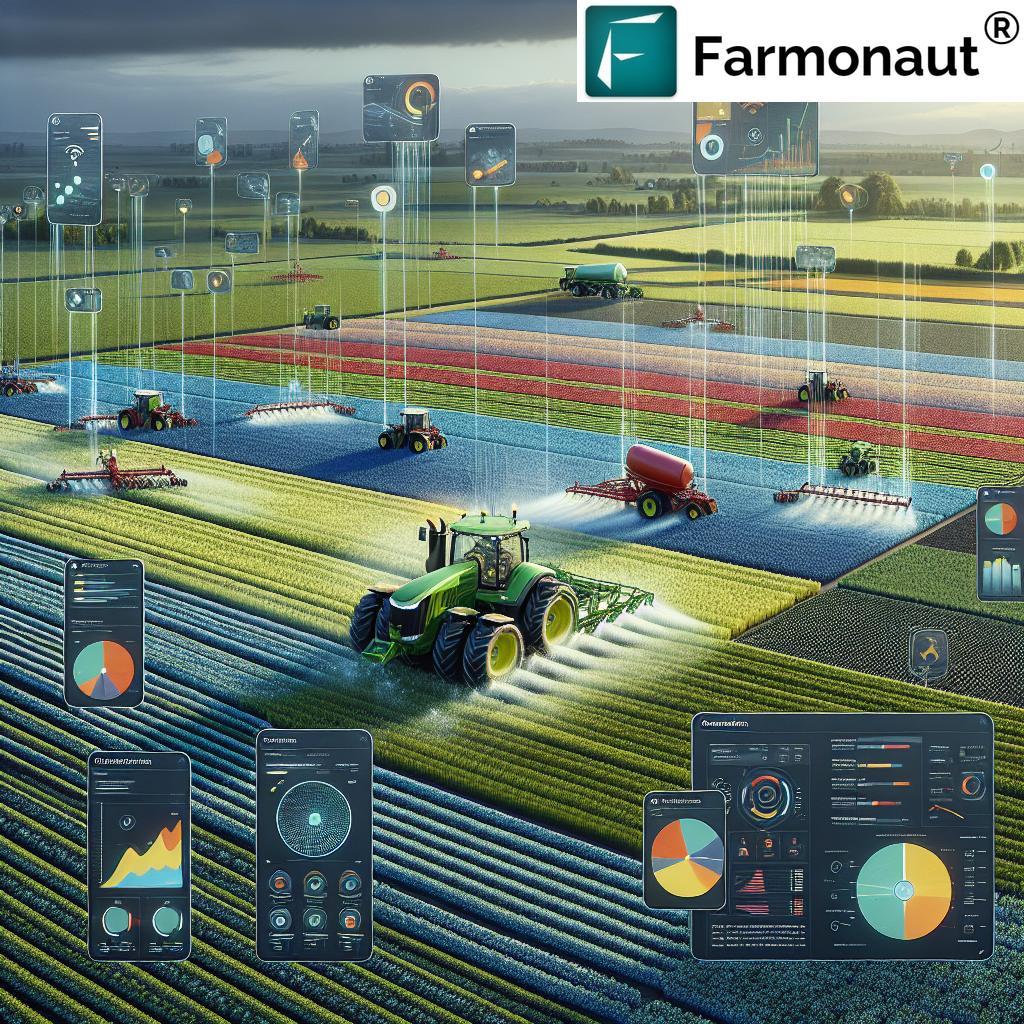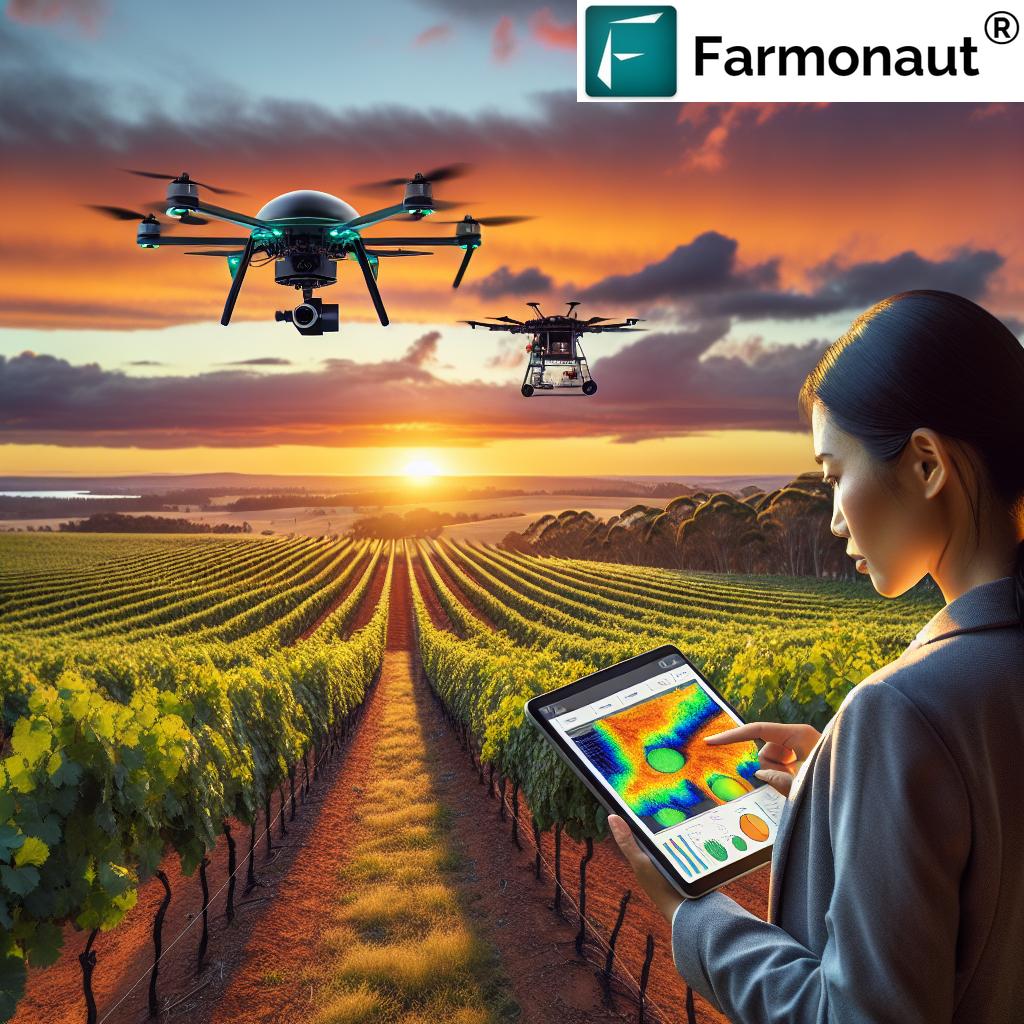What Is Smart Farming? 7 Shocking Tech Trends Revealed
Understanding Smart Farming: Revolutionizing Agriculture through Technology
In today’s rapidly evolving world, agriculture is undergoing a seismic shift. Smart farming—sometimes called precision agriculture—integrates
advanced technologies such as IoT, AI, robotics, and data analytics into traditional
farming practices. As we collectively face the twin challenges of food security
and environmental sustainability, these innovations are helping farmers optimize resource use,
improve productivity, and minimize environmental impact.
“Smart farming can increase crop yields by up to 30% using data-driven precision agriculture techniques.”
Why Does Smart Farming Matter for Us All?
Smart farming is not just another technological wave—it’s a transformation touching every link in the agricultural
supply chain. With a growing global population, changing weather patterns, and limited natural resources,
it’s crucial that we harness technology to
enhance efficiency, sustainability, and yields.
By leveraging digital tools, data-driven insights, and real-time farm monitoring technologies, we can
ensure secure food supplies, optimize water and energy use, and reduce costs for farmers
across the world.
Key Components of Smart Farming
1. IoT Devices and Sensors in Agriculture
IoT in agriculture is foundational to smart farming. By deploying connected sensors and actuators throughout farm fields,
we collect real-time data on soil conditions, weather patterns, moisture levels, and crop health.
This constant flow of information enables us to monitor fields remotely and make timely interventions,
ensuring crops receive the precise amount of care they require.
Real-world example: Sensors monitor soil moisture, triggering precision irrigation systems that water crops only when necessary, reducing water waste and increasing crop productivity.
2. Artificial Intelligence & Machine Learning
Artificial intelligence in farming allows vast amounts of agricultural data to be analyzed rapidly. Machine learning
algorithms detect patterns in weather, crop health, and soil data, enabling us to predict outcomes such as optimal planting times,
irrigation schedules, and pest control measures. AI tools are revolutionizing our decision-making processes, offering informed insights that increase efficiency and accuracy.
3. Automation and Robotics in Agriculture
Robotics in agriculture is automating tasks like planting, monitoring, harvesting, and even weed removal.
Drones and automated machinery reduce labor costs, expedite daily operations, and
minimize human error—directly contributing to greater efficiency and productivity.
4. Data Analytics and Big Data
Agricultural data analytics lies at the heart of modern farming. By collecting, managing, and
analyzing large datasets—including historical and real-time information—we can optimize resource allocation and forecast crop health.
The ability to see and understand trends is transforming farm management.
5. Supply Chain Technology
Blockchain solutions in agriculture are being adopted at an unprecedented rate.
These tools increase transparency and traceability, allowing all stakeholders to verify the origin and journey of agricultural products,
and significantly increase consumer trust while also reducing fraud.
Smart Farming Technologies: Comparison Table
| Technology Name | Main Application | Estimated Yield Improvement (%) | Estimated Cost Savings (%) | Impact on Sustainability | Popularity in 2024 |
|---|---|---|---|---|---|
| IoT Sensors | Soil moisture & crop monitoring | 10–20 | 10–30 | High | Adopted |
| Drones | Aerial imaging & spraying | 15–25 | 12–18 | Medium | Adopted |
| AI Analytics | Predictive decision-making | 20–30 | 20+ | High | Emerging |
| Satellite Imaging | Large-scale crop health monitoring | 20–35 | 18–28 | High | Adopted |
| Robotics | Automated labor (planting, harvesting) | 18–28 | 15–25 | Medium | Emerging |
| Blockchain | Supply chain traceability | 8–12 | 6–12 | High | Emerging |
| Precision Irrigation | Automated water management | 15–22 | 25–30 | High | Adopted |
How Does Smart Farming Work? The Step-by-Step Process
- Data Collection: Advanced sensors, drones, satellites, and IoT devices collect real-time data on soil health, crop growth, weather patterns, and environmental conditions.
- Data Processing: AI and machine learning algorithms process this large volume of data, analyzing trends and identifying problem areas.
- Decision-Making: Based on analyzed data, farmers receive actionable insights—such as when to irrigate, apply fertilizers or pesticides, or harvest.
- Automated Interventions: Robotics, automated irrigation systems, and drones can then execute tasks precisely, based on these informed decisions.
- Continuous Monitoring: The cycle continues, with continual data collection and refinement, enabling a true feedback loop for sustainable farming practices.
7 Shocking Tech Trends in Smart Farming
Let’s dive deeper into the innovations truly revolutionizing agriculture today. Each of these
technologies is transforming how farmers manage operations, optimize resources, and ensure sustainability and productivity.
1. Satellite-Based Crop Health Monitoring
Satellite imaging—such as that offered by Farmonaut—enables
large-scale, automated monitoring of fields. We can now assess the health of vegetation across thousands of hectares,
identify pest outbreaks or nutrient deficiencies, and optimize irrigation and fertilizer application like never before.
Key Benefits:
- Access to near real-time crop monitoring data via desktop or smartphone
- Informed, data-driven intervention at the right moment
- Significant water and input cost reduction
- Supports carbon footprinting and environmental compliance
2. Precision Irrigation Systems
Precision irrigation leverages IoT sensors and weather data to ensure crops get the exact amount of water they need.
Smart systems adjust in real-time as environmental conditions and soil moisture levels change.
Benefits:
- Reduces water wastage by 30-50%
- Guarantees healthier crops and stronger yields
- Integrates with platforms like Farmonaut for automated insight delivery
3. Artificial Intelligence & Analytics for Smart Decisions
Applying AI (artificial intelligence) and machine learning to agricultural data analytics
fundamentally changes how we farm:
- Analyzes huge datasets in seconds
- Predicts optimal seeding, irrigation, and pest management times
- Reduces labor and chemical input costs through better planning
Advanced analytics back platforms like Farmonaut’s Jeevn AI Advisory System, which gives personalized, actionable recommendations directly to farmers’ phones.
4. Robotics, Drones, and Machine Automation
Farm automation solutions are trending globally: drones for crop spraying and mapping,
ground-based robots for weed removal and harvesting, and autonomous tractors managing fields with unmatched accuracy.
What’s possible now:
- Drones provide fast, large-area crop monitoring and precision spraying
- Robotic harvesters operate 24/7 to maximize labor productivity
- Automated machinery reduces human error and labor costs
5. Blockchain-Based Supply Chain Traceability
Blockchain guarantees every farm product’s journey—from seed to supermarket shelf—is transparent, secure, and tamper-proof.
Not only does this increase consumer confidence, but it also simplifies auditing and regulatory compliance.
- Supports traceability solutions for quality & safety
- Gives buyers, sellers, and regulators undebatable proof of origin
6. Big Data Platforms & Cloud-Based Analytics
Big data platforms turn millions of data points into actionable insights. We can examine
historical patterns, weather trends, and satellite imagery to fine-tune our farming decisions and anticipate upcoming risks.
Benefits:
- Improves yield prediction accuracy
- Enables real-time streaming of operational data
- Empowers everyone—from individual farmers to large agribusinesses—with data-driven recommendations
7. Fleet and Resource Management Systems
Managing tractors, combines, trucks, and labor at scale is complex—unless you use smart fleet management systems.
These tools optimize the use of every machine, route, and hour of work, reducing downtime and cutting operational costs.
- Tracks all farming assets and vehicles 24/7
- Integrates with crop monitoring for predictive maintenance
- Improves safety and resource efficiency
Farmonaut: Making Smart Farming Accessible Globally
Farmonaut stands out by democratizing precision agriculture. Their mission is straightforward—bring top-tier technologies
to the hands of farmers worldwide without hefty price tags. Let’s see how Farmonaut’s platform is changing the game:
-
Satellite Imagery & Crop Health Analytics: Instantly monitor crop health, assess soil moisture, and spot early disease or drought stress.
Data delivered via Android, iOS, web browser, or API—making it easy for developers and businesses too. -
AI-Based Personalized Advisory: The Jeevn AI system gives customized weather forecasts, crop management strategies, and actionable tips, enhancing every
decision on the farm. - Blockchain Traceability: Blockchain-focused solutions verify the journey of crops from field to consumer—essential for food, textile, and pharma sectors seeking supply chain transparency.
- Fleet and Logistics Optimization: Fleet management tools help agribusinesses track vehicles, equipment, and routes with precision.
- Carbon Footprint Monitoring: The carbon footprinting tool helps agribusinesses monitor and reduce their environmental impact in real-time.
- Crop Loan and Insurance Verification: Satellite images ensure reliable verification for banks and insurers, reducing fraud and improving rural access to financing.
-
Scale with Your Needs: Farmonaut solutions support large-scale farm management as well as smallholder
operations—so it’s equally valuable for government agencies, NGOs, and individual growers.
“Over 70% of farmers adopting smart tech report improved sustainability and resource efficiency in their operations.”
Benefits of Smart Farming
Why are so many farmers switching to smart technologies? Here’s what we gain:
- Maximized Crop Yields & Productivity: Through data-driven, precision agriculture techniques, alike to those found in Farmonaut’s solutions, most farms see yield increases of 20–30%.
- Reduced Input Costs: Precision monitoring means using just the right amount of water, fertilizers, and pesticides, drastically reducing farming costs.
- Operational Efficiency: Automation and analytics optimize every resource and simplify farm management.
- Enhanced Sustainability: Smart farming practices are environmentally friendly, helping conserve water, reduce chemical usage, and support long-term ecological health.
- Improved Decision-Making: Real-time data analytics empower us with informed decisions about everything from planting to market delivery.
- Risk Resilience: Early warnings about bad weather, disease, or market changes give us better resilience in a changing climate.
- Greater Transparency & Trust: With blockchain and traceability, supply chain transparency is a reality for agricultural markets and end-consumers alike.
Challenges and Considerations
Of course, adopting smart farming is not without challenges:
- High Initial Investment: Advanced tech (especially on-farm automation and sensors) can be expensive, more so for smallholders—though satellite-based tools like Farmonaut are bringing down costs rapidly.
- Infrastructure Gaps: Many rural areas lack strong internet or power grids, stalling digital transformation.
- Technical Training: To really benefit, farmers need ongoing education and support for new tech solutions.
- Data Privacy & Security: The rise in data sharing creates cybersecurity risks and privacy concerns.
- Integrating New with Old: Blending modern digital practices with longstanding agricultural traditions often takes time and adjustment.
Good news: Companies like Farmonaut are actively working to make smart farming affordable, accessible, and user-friendly for every producer, regardless of region or scale.
Future Outlook: What Lies Ahead for Smart Farming?
- More Connected Farms: IoT in agriculture will increase, with every field asset—tractors, irrigation pumps, drone fleets, and soil sensors—linked to the cloud, feeding real-time data to farmers’ devices.
- AI-Driven Automation: The next generation of artificial intelligence in farming will not only advise but also self-execute routine tasks, from planting to market logistics.
- Sustainability Standards: Environmental monitoring (carbon footprint tracking, water budgeting, biodiversity tracking) will become a compliance norm for international trade, leveraging innovations like Farmonaut’s carbon footprinting.
- Affordable, Global Access: As new business models arise, every farmer, from smallholder to commercial enterprise, will be able to benefit from data-driven insights.
- Integrated Supply Chain Traceability: Blockchain integration will further expand, making it easier to verify, trace, and market produce with ironclad confidence.
Whether you manage a hectare or a thousand, embracing smart farming is set to become
essential—not optional—in the near future of agriculture.
Frequently Asked Questions (FAQ)
What is smart farming in simple terms?
Smart farming is the use of advanced technology—like sensors, satellites, AI, and robots—to make growing crops and raising animals more efficient, productive, and sustainable.
How does smart farming increase crop yields?
It uses data analytics to ensure crops get just the right amount of water, nutrients, and protection from pests or diseases—enabling higher yields and healthier plants.
Can small farmers benefit from smart farming?
Absolutely! Technologies, especially those relying on satellite data like Farmonaut, are making smart farming accessible and affordable for farms of any size.
What role does AI play in agriculture?
AI (artificial intelligence) turns huge datasets into actionable recommendations for planting, irrigation, pest control, and resource allocation.
Is smart farming sustainable?
Yes! By optimizing inputs and reducing waste, smart farming promotes environmental sustainability and responsible resource use.
Farmonaut Subscription Plans
Whether you are an individual grower or a large-scale operation, Farmonaut makes satellite-based crop monitoring and smart farm management accessible on your terms. Choose a plan that suits your unique needs (web, app, or API access). Unlock advanced precision agriculture and grow smarter today!
Conclusion: Smart Farming—Leading Agriculture Into the Future
As we’ve explored, smart farming is far more than a buzzword: it’s a proactive, transformative approach that
integrates cutting-edge technology with the wisdom of traditional agriculture. By fusing IoT sensors, AI analytics, robotics, and satellite imaging,
we’re setting new standards for sustainability, productivity, and transparency.
As companies like Farmonaut champion affordable, accessible, and innovative farm automation solutions,
every farmer—no matter their scale or geography—can become part of the agricultural revolution. With real-time data, automated insights, and
integrated management, the future of agriculture is not just bright—it’s smart.


